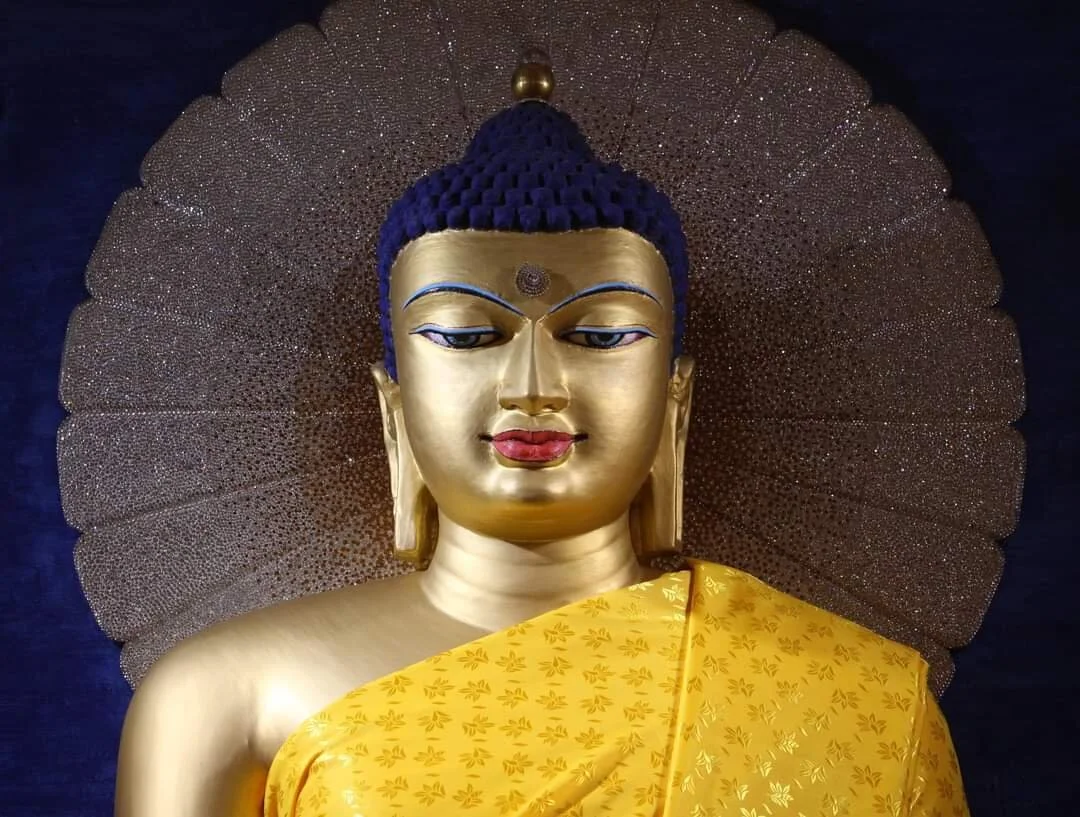Buddha’s Journey - I
- Wizen
It was around 531 years before Jesus was born. Lao Tzu had already established Taoism in China. His book Tao Te Ching was out in the market and the Chinese struggled to figure out that the detachment from desires is the only way. Meanwhile, on the eastern part of Iranian plateau prophet Zoroaster was busy scripting ways of Yasna (a word close to Sanskrit Yajna).
Back in India, Siddhartha was walking through the dense forests of Magadh--present-day Bihar. He had left his child, wife, and the entire kingdom behind him. The young prince has been wandering through the dense forests after sufferings of people had started raising questions in him.
As Siddhartha reached the area near Magadh, he stopped by a hillock in the Chhotanagpur plateau. It was getting dark and he decided to halt there for the night. Siddhartha sat silently inside a cave. He could see a few ascetics as well, thin and lean like skeletons, meditating there.
Over the next few days Siddhartha decided to subject his body to extreme hardship and pain. Eventually, for the next six years, he survived on roots and fruits. He thought that as the body gradually wears down, it will release the soul. His body became thin and his ribs were visible. But Siddhartha was far from Nirvana. During this prolonged practice of asceticism, he figured out that such extremes cannot be the way to salvation, he was focusing more on the body itself.
Siddhartha came down the hill and met a beautiful woman, Sujata. “Sujata lived somewhere nearby. Some 400 years later, a stupa was built to commemorate the place where Sujata lived,” a voice came from behind. I turned my head, and it was Abhayakara. The man with an athletic built, standing behind me, had been a student of comparative religion. For years, he travelled across India to look for the answers to a thesis he was working on. I met him a year back during a trek to Dzongri Pass. In the past 12 months, this was our third journey together.
I went back to a few pages of a diary lying in front of me. Sujata offered Siddhartha a bowl of milk and rice porridge. He felt nourished. Meanwhile, Siddhartha had gathered some followers during his ascetic life who did not like his renunciation of this extreme way. They decided to go back to caves and Siddhartha started walking again.
II
Beginning of 6th century BC was not very eventful. In Egypt, Amasis II-a soldier turned king, had died and Persians plundered whatever they could from the country. Fortunately, they could never find where Amasis II was buried. In Babylon, Nebuchadnezzar gifted the hanging garden to his wife who was missing her native country somewhere near Iran. While in Greece, people faced a severe economic crisis (seems Greece has faced this repeatedly and never learnt a lesson).
Amid this chaos over kingdoms and immense show of wealth, a young prince was walking in the jungles of Magadh. After he left the hill where he meditated for six years, he started walking towards the south. These years of soul searching have raised more questions in his mind. He had realised that the middle path is the best way forward--neither complete withdrawal nor complete indulgence. A path of restraint instead.
Siddhartha stopped by a fig tree. He felt like sitting there for a while. As he sat there, the tired man felt a calmness he never experienced before. It drew him inside, deep within himself.
In his mind, Siddhartha experienced cycles of past births and tried to understand what kept him and others tied to rebirths.
“Meditating under that fig tree he attained awakening and was called the Buddha. What could have he done after that?” I asked Abhayakara.
“Well,” he said. "He was in silence for a few weeks…at least that is what scriptures say. And then he decided to spread the newly gathered knowledge among people."
"And you know the funny part?"
What, I asked.
“Those who decided to stay hungry and meditate inside the caves attained nothing. Later they were taught by the Buddha himself.”
“Is that the birth of the scripture dharma chakra pravartana?” I asked.
Yeah. Abhayakara said.
As we spoke sitting on the rope net beds kept in front of a tea stall near Chauparan, we could see movements of vehicles along the road. It was around 8 in the morning and Chauparan had woken up from sleep. I was feeling tired after a somewhat sleepless night and stretched on the rope net bed.
"You rest for a while. I will make a recce of this town meanwhile," Abhayakara said before leaving me half asleep. Wizen to continue his conversations with Abhayakara…
The author of this article, though by profession a journalist likes to be referred in here as “Wizen” – a little wisdom and a bit of Zen.

